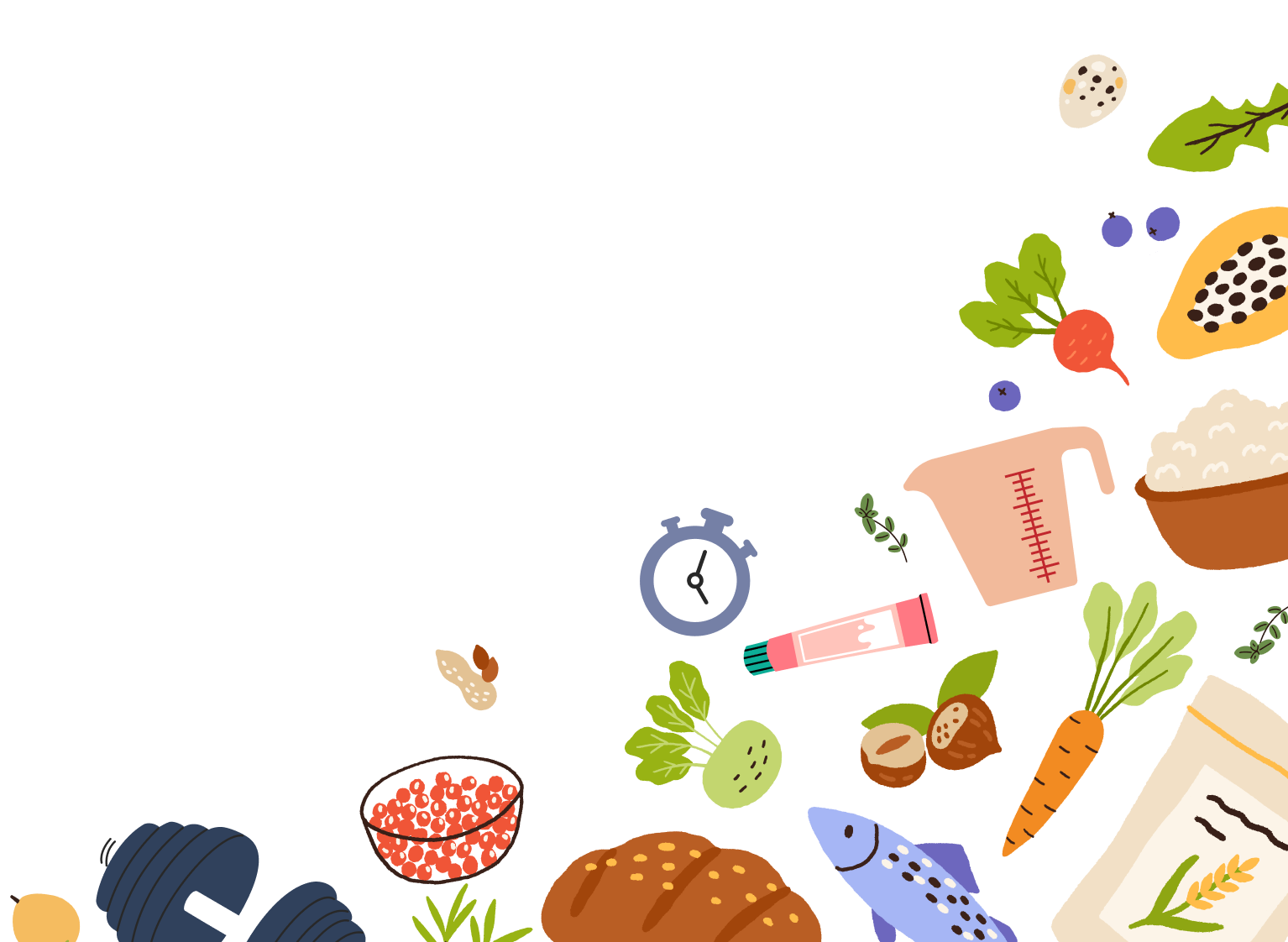Understanding Pediatric Iron Deficiency
Iron deficiency anemia is a common blood disorder worldwide. In industrialized countries, its incidence is 20.1% among children ages 0 to 4 and 5.9% among those ages 5 to 14. In developing countries, those rates rise to 30% for children ages 0 to 4 and 48.1% for those aged 5 to 14. Iron deficiency is the leading cause of anemia, a disorder in which there are not enough healthy red blood cells to deliver oxygen to the body’s tissues adequately.
Iron is an essential mineral with many vital functions, especially in child development. Sufficient iron supports healthy growth, concentration, learning in children, and the synthesis of some hormones. A deficiency can lead to learning difficulties, developmental delays, growth issues, and increased susceptibility to infections.
Recognizing the Signs and Symptoms
Mild iron deficiency in children may not cause noticeable symptoms. As iron levels drop and anemia worsens, symptoms become more apparent. Watch for signs such as extreme tiredness, weakness, pale skin, chest pain, rapid heartbeat, or shortness of breath, headaches, dizziness or lightheadedness, cold hands and feet, tongue irritation or soreness, brittle nails, and restless leg syndrome. Additional symptoms can include cravings for non-food items, such as ice, dirt, or clay (a condition called pica), reduced appetite—especially in infants and children—and unusual cravings for smells, including rubber, detergents, or cleaning agents.
If you notice any of these symptoms, promptly inform your child’s healthcare provider so they can be screened for anemia. Routine screening usually occurs around 12 months of age, but may be performed earlier or more frequently if symptoms appear. Screening for anemia is typically done with a blood test.

Strategies for Preventing and Treating Iron Deficiency
The Recommended Dietary Allowance (RDA) is the average daily intake level that meets the nutritional needs of most individuals. For iron, the RDA is 0.27 milligrams (mg) for infants 0-6 months, 11 mg for babies 7-12 months, 7 mg for children 1-3 years, 10 mg for children 4-8 years, 8 mg for children 9-13 years, and for those 14-18 years, 11 mg for males and 15 mg for females. To help babies and children meet their iron needs, be sure to include these iron-rich foods in their diets:
-
Iron fortified formula
-
Breastmilk, which contains highly bioavailable iron
-
Lean meat (beef, pork, lamb, goat, and venison) and seafood
-
Poultry
-
Eggs
-
Nuts
-
Beans and lentils
-
Vegetables, especially dark leafy green vegetables
-
Wheat products that are fortified with iron, like bread, cereal, and other grains
Keep in mind that calcium from food sources (such as milk and dairy products) can reduce the body’s ability to absorb iron. In contrast, vitamin C-rich foods (like citrus fruits and tomatoes) can enhance iron absorption.
Before starting any iron supplementation, consult your child’s pediatrician to ensure it is appropriate. If a healthcare provider recommends supplementation, be aware that certain iron supplements may cause gastrointestinal side effects such as nausea and constipation. Gentler forms of iron on the GI tract include heme iron polypeptides, carbonyl iron, iron amino-acid chelates, and polysaccharide-iron complexes.
-
Centers for Disease Control and Prevention. (2024, April 1). Iron. Centers for Disease Control and Prevention. https://www.cdc.gov/infant-toddler-nutrition/vitamins-minerals/iron.html
-
Mayo Foundation for Medical Education and Research. (2025, September 20). Iron deficiency anemia. Mayo Clinic. https://www.mayoclinic.org/diseases-conditions/iron-deficiency-anemia/symptoms-causes/syc-20355034
-
Moscheo, C., Licciardello, M., Samperi, P., La Spina, M., Di Cataldo, A., & Russo, G. (2022). New Insights into Iron Deficiency Anemia in Children: A Practical Review. Metabolites, 12(4), 289. https://doi.org/10.3390/metabo12040289
-
U.S. Department of Health and Human Services. (2025, September 4). Office of dietary supplements - iron. NIH Office of Dietary Supplements. https://ods.od.nih.gov/factsheets/Iron-HealthProfessional/




















Comments
Join The Conversation...